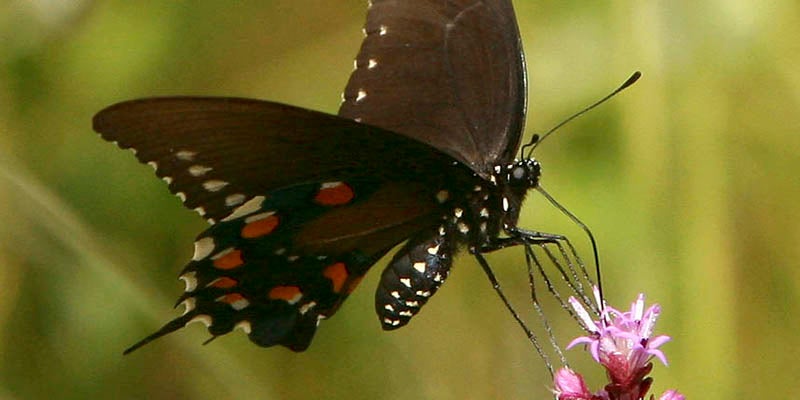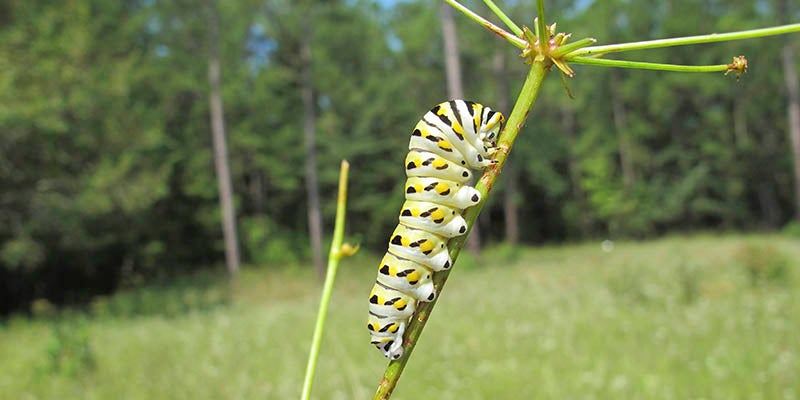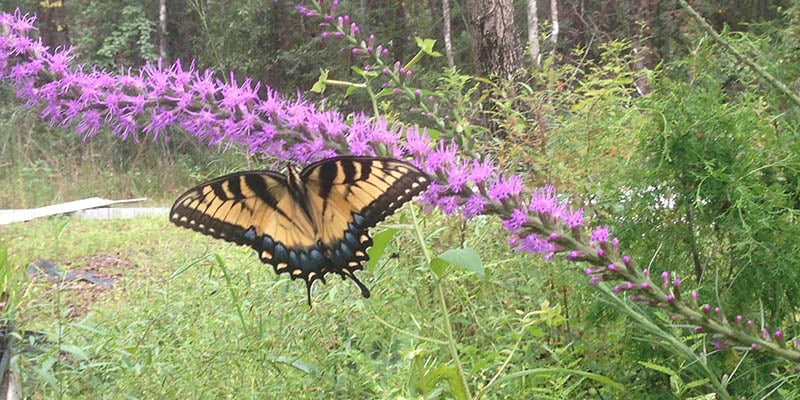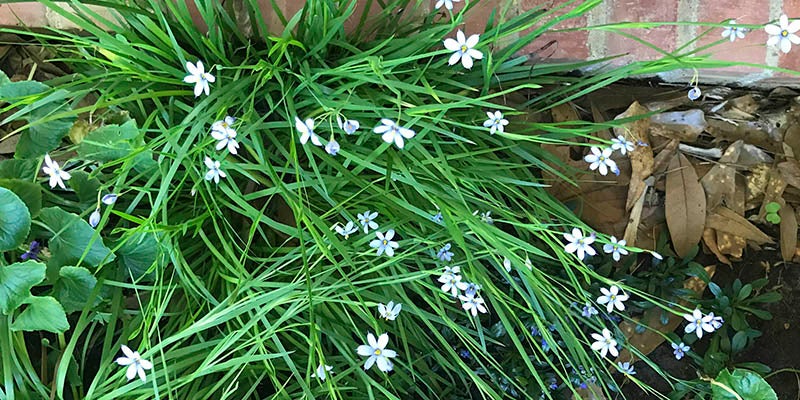Crosby Arboretum’s Savanna Exhibit is preparing for a show
Published 9:24 am Wednesday, July 22, 2020
By Patricia Drackett
Director of the Crosby Arboretum
Arboretum visitors taking a late summer stroll in the Savanna Exhibit’s south pitcher plant bog will soon be thrilled by a spectacular show of purple Liatris spikes and other blooms. Judging from the fact I have already seen an image of a scarlet pine lily (Lilium catesbaei) taken in Florida, the day is coming when Terry Johnson will announce our first lily of the season.
Although we’ve been anticipating the sight of a sea of Liatris spires, at the same time another less conspicuous plant is unfolding in other areas of the bog, called water cowbane (Oxypolis filiformis).
Cowbane looks a lot like Queen Anne’s lace, a common non-native roadside plant from Asia and Europe, but it is found in wetter areas. Its claim to fame is being a host plant of the Eastern Black Swallowtail butterfly. When cowbane is in bloom, you can stand among its tall stems and hear a deafening hum of savanna life. Many species of insects are attracted to the abundant nectar offered by these flat-topped flower clusters.
Children enjoy looking for the tiny caterpillars which hatch from tiny eggs and begin to munch on the flowers and leaves of water cowbane. Once they grow to maturity, they tether their chrysalises to stems of this plant or other nearby and begin a transformation of several weeks to become adult butterflies. Upon emerging, they seem to head straight for the nearby Liatris patch!
This year, we conducted a prescribed burn of our south pitcher plant bog. However, the previous year was extremely wet and the environmental conditions were not conducive to us getting “fire on the ground.” Unfortunately, this meant there were very few Liatris blooms last year, as they were crowded out by the perennial grasses that were able to grow more abundantly due to the lack of fire.
This year, we’re excited to see hundreds of Liatris spikes unfurling near the boardwalk in the south bog. The purple spires of this native perennial are also known as blazing star or gayfeather and will soon mix into a sea of pitcher plants and tiny white polka dots of pipewort (also called lady’s hatpins or bog buttons). Chances are, you have already seen Liatris if you have ordered a wildflower bouquet, as it is a common commercial flower that is long-lasting as well as dramatic in an arrangement.
Butterfly fans will not be disappointed if they come in search of these delicate jewel-toned insects at the Arboretum in late summer. In the savanna, we have seen many species, including Gulf fritillary and monarch butterflies, common buckeyes, and several species of swallowtails, skippers and sulphurs.
To help you in planning a butterfly garden in your home landscape, download the fact sheet called “Attracting Butterflies to Mississippi Gardens,” at the Extension website (https://extension.msstate.edu) which contains a list of both native and non-native species for your garden that draw these insects. Remember, butterflies require not only nectar plants – native plants which are great sources include butterfly weed, black-eyed Susan, Coreopsis, ironweed and clover – but their “host” plants. These are the specific plants that butterflies will lay their eggs on, and caterpillars will consume once they hatch. For example, a spicebush swallowtail would munch on spicebush (Lindera) and a pipevine swallowtail would eat pipevine (Aristolochia). The caterpillars of monarch butterflies feast on milkweed species (Asclepias), and passion vine (Passiflora) is famous for attracting Gulf fritillary butterflies.
When designing your butterfly garden, plant host and nectar plants to maximize the number of butterflies you will attract. Milkweed is not only a valuable host plant for monarch butterflies but is also a wonderful nectar plant. If you are lucky, your milkweed plants will become laden with the green chrysalises of monarch butterflies.
Look closely, and you will see that these amazing structures contain an array of metallic gold dots. They are awe-inspiring as they turn from opaque green to clear right before the butterfly emerges.
We are currently growing Liatris, and are excited to report that these plants are from seed we have collected at the Arboretum. A crop of blue-eyed grass, a spring bloomer, is also being propagated. This plant is actually not a grass, but is in the Iris family, and also is found in our pitcher plant bog. You may not notice blue-eyed grass in the savanna as it competes with many other species. However, in the home garden, the plant is very attractive when used in containers or as one would use Liriope, as a border grass. One plant can have a hundred tiny blooms in a dense cluster and is absolutely guaranteed to provoke comments due to its unusual appearance.
For information on the Arboretum visit www.crosbyarboretum.msstate.edu<http://www.crosbyarboretum.msstate.edu>. The garden is open Wednesday through Sunday and located in Picayune off I-59, Exit 4, at 370 Ridge Road.







